|
|
|
|
|
|
|
|
Photo Gallery for Desmognathus monticola - Seal Salamander
| 20 photos are shown. |
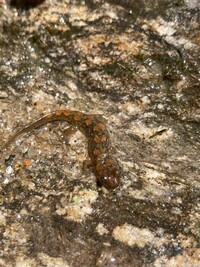 | Recorded by: Stephanie Willis
Transylvania Co. | 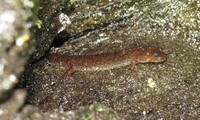 | Recorded by: B. Bockhahn
Macon Co. |
 | Recorded by: B. Bockhahn
Macon Co. |  | Recorded by: B. Bockhahn, J. Thomson
Macon Co. |
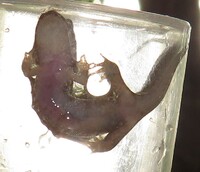 | Recorded by: B. Bockhahn, J. Thomson
Macon Co. |  | Recorded by: K. Williams
Surry Co. |
 | Recorded by: M. Mabe, R. Spainhour, A. Shaffer, K. Messick, A. McDevitt
Surry Co. |  | Recorded by: B. Bockhahn
Macon Co. |
 | Recorded by: B. Bockhahn, J. Thomson
Buncombe Co. |  | Recorded by: B. Bockhahn, J. Thomson
Buncombe Co. |
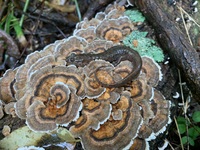 | Recorded by: K. Bischof
Transylvania Co. |  | Recorded by: K. Bischof
Transylvania Co. |
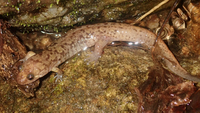 | Recorded by: tom ward
Buncombe Co. |  | Recorded by: K. Bischof
Transylvania Co. |
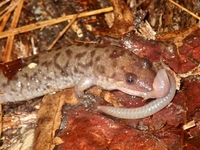 | Recorded by: tom ward
Buncombe Co. |  | Recorded by: Jim Petranka
Macon Co.
Comment: A clutch of eggs on the underside of a rock. |
 | Recorded by: Steve Hall, Harry LeGrand, and Ed Schwartzman
Cherokee Co. |  | Recorded by: Jim Petranka
Buncombe Co. |
 | Recorded by: Owen McConnell
Graham Co. | 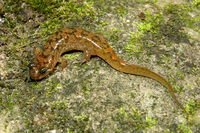 | Recorded by: Owen McConnell
Graham Co.
Comment: A young juvenile. |
|
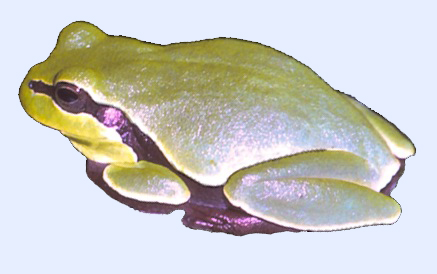
 »
»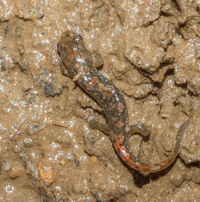




 »
»


